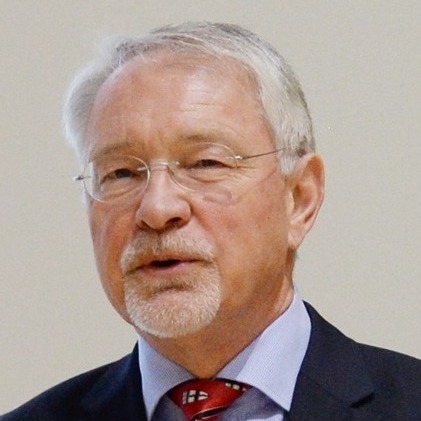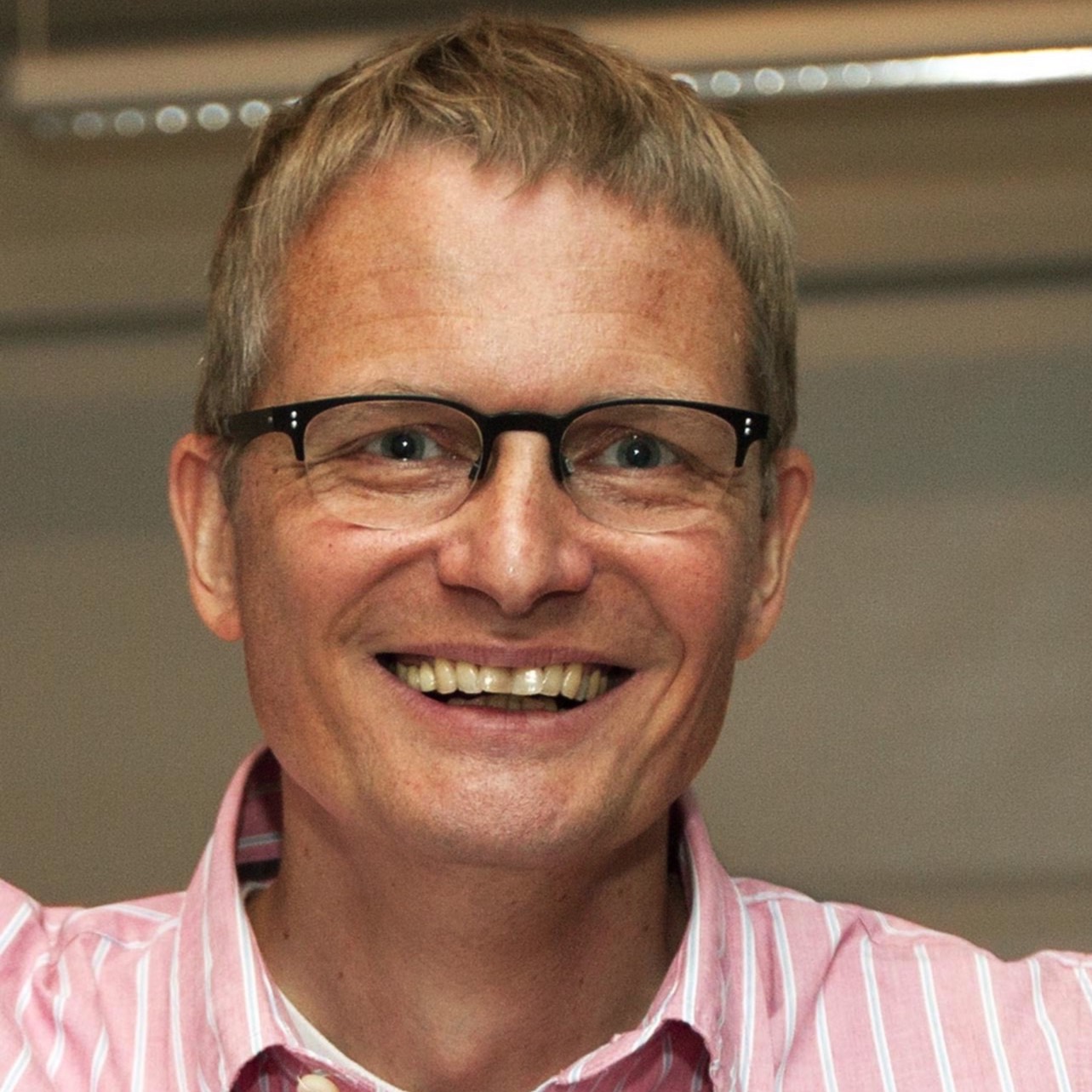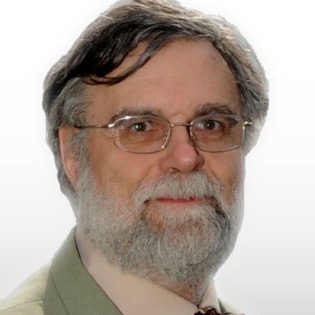Overview
Agenda
This meeting will bring together a panel of highly-accomplished experts in several interdisciplinary fields of Materials Science and Engineering. Lectures and discussions will encompass basic studies and applications on innovative areas and will address current topics of novel issues. This meeting consists of plenary sessions, clusters, and symposia.
Tutorial
Tutorial sessions with Japanese language will be provided for the beginners to complement the corresponding symposium sessions. The sessions will be held just before the Opening Plenary session of December 10.
Tutorial sessions with Japanese language will be provided for the beginners to complement the corresponding symposium sessions. The sessions will be held just before the Opening Plenary session of December 10.
Plenary Talks
Plenary talks by these outstanding researchers will be held on cross-cutting and rapidly advancing themes focusing on this conference. More information on lectures will be updated soon.
Dec. 10
Plenary 1Hans-Joachim FREUND
Fritz-Haber-Institut, Germany
Catalyst
15:00–15:40 @Trade-1

Plenary 2Jean-Marie TARASCON
College de France, France
Battery
15:50–16:30 @Trade-1

Plenary 3Marius GRUNDMANN
Universität Leipzig, Germany
Semiconductors
16:40–17:20 @Trade-1
5th E&J BLS

Plenary 4Shinji TSUNEYUKI
University of Tokyo, Japan
Computational Materials Design
17:30–18:20 @Trade-1

Dec. 11
Dec. 12
Dec. 13
Cluster
Each cluster consists of multiple symposia, which will have a joint session (cluster session) during the meeting period. The cluster is expected to be a priority research field in near future.
Symposium
The respective symposium provides keynote and invited talks, contributed lectures, and posters, focusing on specific topics.
Fundamentals for Materials
New Trend of Materials Research
Novel Structural Materials Based on New Principles
Advanced Electronic Materials
Magnet and Spintronics
Energy
Materials for Smart Systems
Green Technology and Processing
Biopolymers
Themed Forum
- Trade-1 Main Hall, Yokohama Symposia 9F
- December 14(Sat.) 13:00 - 20:00
- Themed forum will be held in Japanese.
Exhibition
General Information
- MARINERIA, Industry & Trade Center 1F
- December 11(Wed.) 12:00 - 20:30
- December 12(Thu.) 9:30 - 18:00
- December 13(Fri.) 9:30 - 16:00
Exhibitors
 Ise Chemicals Corp. & Yamagata Uni. Joint Research
Ise Chemicals Corp. & Yamagata Uni. Joint Research Japan Aerospace exploration Agency
Japan Aerospace exploration Agency Japan Laser Corp.
Japan Laser Corp. JAPAN SYNCHROTRON RESERCH INSTITUTE(JASRI)
JAPAN SYNCHROTRON RESERCH INSTITUTE(JASRI) JOEL Ltd.
JOEL Ltd. Kashiyama Industries,Ltd
Kashiyama Industries,Ltd Kenix Corporation
Kenix Corporation NanoAndMoreJapan K.K
NanoAndMoreJapan K.K Science and Technology of Advanced Materials (STAM)
Science and Technology of Advanced Materials (STAM) Pascal co.ltd
Pascal co.ltd Research Organization for Information Society and Technology
Research Organization for Information Society and Technology Rigaku Corporation
Rigaku Corporation Scienta Omicron,Inc
Scienta Omicron,Inc TECHNOPORT
TECHNOPORT Tokyo Instruments,Inc
Tokyo Instruments,Inc Toshima Manufacturing Co., Ltd
Toshima Manufacturing Co., Ltd UNISOKU Co.,Ltd.
UNISOKU Co.,Ltd. X-Spectrum GmbH
X-Spectrum GmbH



